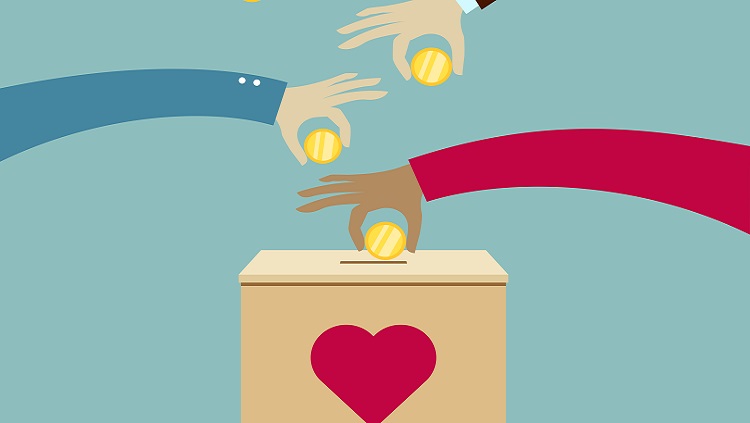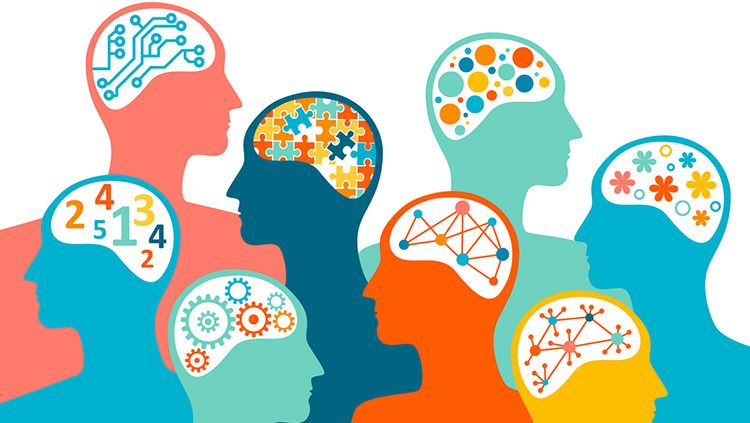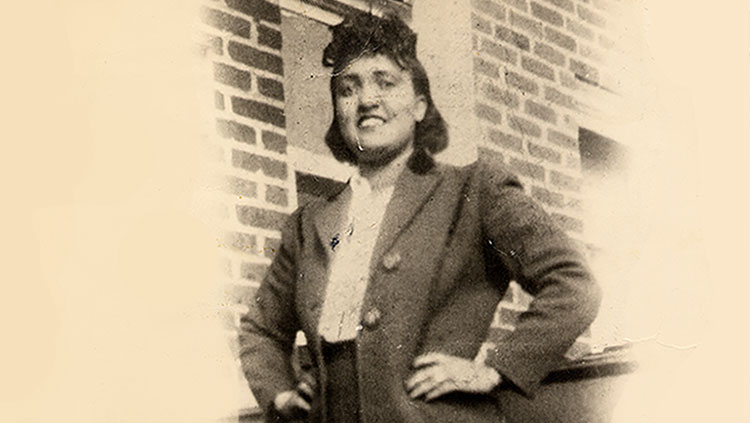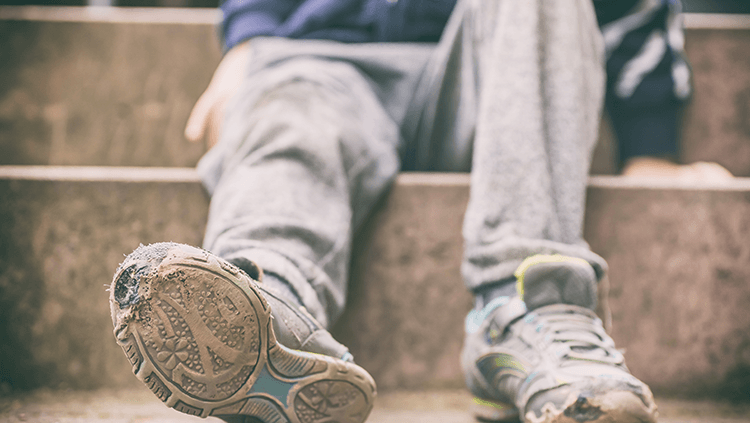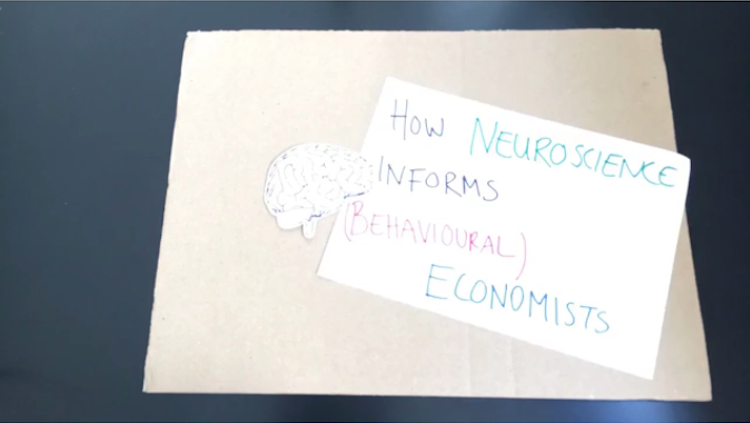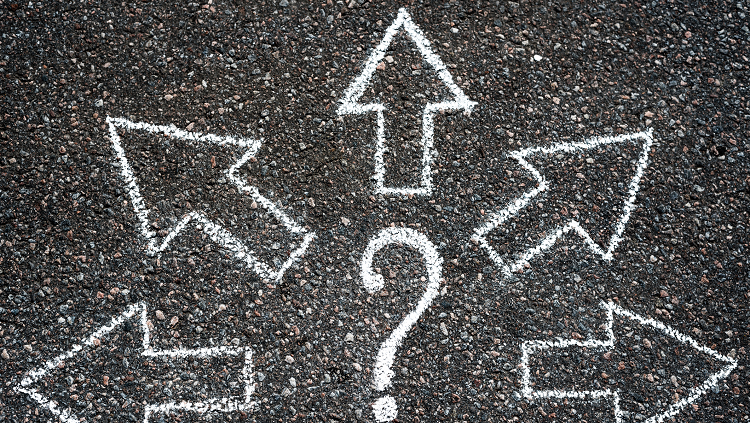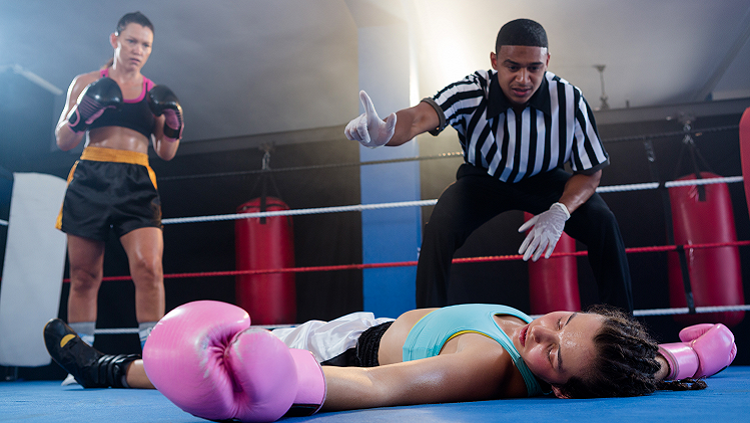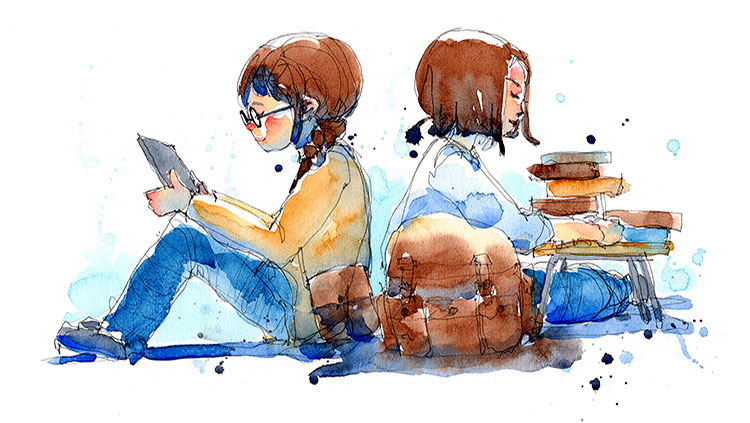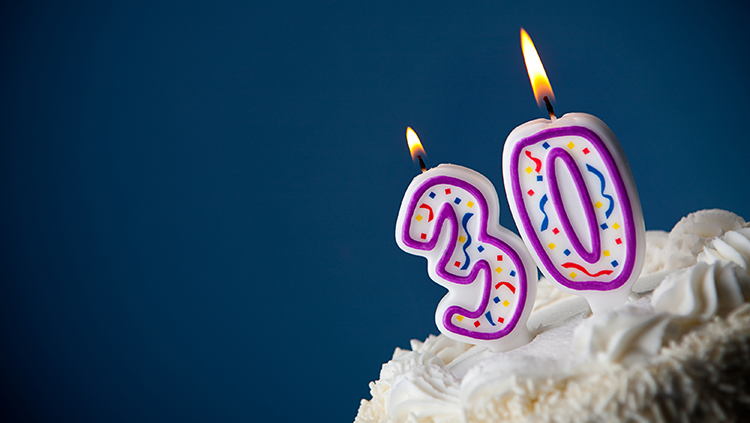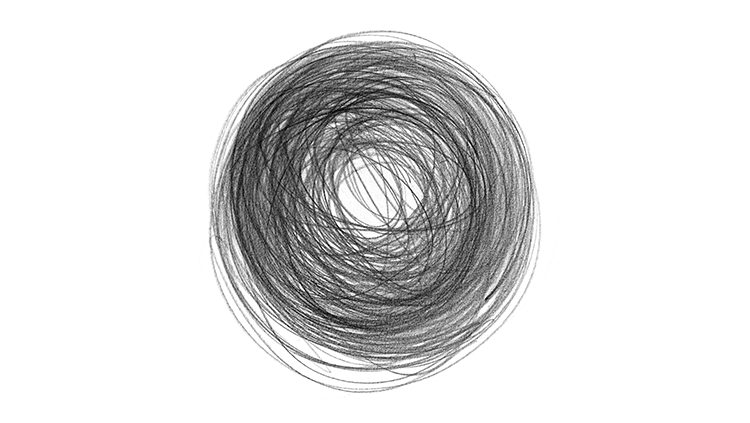While they may not always seem like it, humans have a natural impulse for kindness.
Altruism — the act of placing the welfare of others above oneself — has been shown to boost mood, improve physical health, and even relieve pain. And when we witness kind acts, certain brain structures encode this compassion into our future decision-making, leading to a wider culture of generosity.
Storyboard and animation produced by Midnight Snacks for BrainFacts.
Scripting by Dina Radtke.
Editorial Production by Dina Radtke and Tristan Rivera.
Scientific Review by Shawn A. Rhoads.
CONTENT PROVIDED BY
BrainFacts/SfN
Transcript
[Whistles, music plays] Some believe we mostly act out of self-interest.
[Footsteps] Why would we give our money or time to total strangers?
It turns out, what we might lose in material rewards [poof] is often offset by a social reward.
When you make the decision to donate to charity, you weigh the cost — a slimmer bank account — with the reward — doing something to benefit others.
In response to your generous decision, [click] the paraventricular nucleus of the hypothalamus releases oxytocin, a neuropeptide that drives social behavior and produces feelings of connectedness. Oxytocin also stimulates [click] the limbic system, a collection of brain regions that processes emotions, to release the neurotransmitter dopamine.
The dopamine release reinforces the charitable behavior by generating rewarding feelings.
[Footsteps approaching] And one kind act can influence the [tink] behavior of others.
When you see a friend [clock tocks] volunteer their time, or hundreds [liquid drips] of donors at your local blood drive, your ventromedial prefrontal cortex encodes those kind acts and assigns a higher value to compassionate choices.
This “kindness contagion” is called [click] “prosocial conformity,” and it doesn’t just mean we imitate warm-hearted behavior. It means we [rain drops] learn to integrate kindness into more of our decisions.
People who make generous, selfless decisions report better self-esteem, positive mood, and see their lives as having meaning and value.
Performing frequent acts of kindness improves your physical health and relieves pain in the body.
Your actions influence the actions of others. So, choose kindly.
[Light splash, swoosh, light splashes]
[Music stops]
References
Nook, E., Ong, D., Morelli, S., Mitchell, J., Zaki, J. (2016). “Prosocial Conformity: Prosocial Norms Generalize Across Behavior and Empathy.” Personality and Social Psychology Bulletin, 42(8) 1045–1062, https://pubmed.ncbi.nlm.nih.gov/27229679/, doi: 10.1177/0146167216649932
Rhoads, S. A., O’Connell, K., Berluti, K., Ploe, M., Elizabeth, H., Li, J., Dutton, M., VanMeter, A., Marsh, A. (2023). “Neural responses underlying extraordinary altruists’ generosity for socially distant others.” PNAS Nexus, 2, 1–15, https://pubmed.ncbi.nlm.nih.gov/37416875/, https://doi.org/10.1093/pnasnexus/pgad199
Sonne, J. W. & Gash, D. M. (2018). “Psychopathy to altruism: Neurobiology of the selfish–selfless spectrum.” Frontiers in Psychology, 9, 575. https://pmc.ncbi.nlm.nih.gov/articles/PMC5917043/ doi: 10.1016/j.tics.2009.05.001
Triana-Del Rio, R., Ranade, S., Guardado, J., LeDoux, J., Klann, E. and Shrestha, P. (2022). “The modulation of emotional and social behaviors by oxytocin signaling in limbic network.” Front. Mol. Neurosci, 15:1002846, https://www.frontiersin.org/journals/molecular-neuroscience/articles/10.3389/fnmol.2022.1002846/full, doi: 10.3389/fnmol.2022.1002846
Wang, Y., Ge, J., Zhang, H., Wang, H., Xie, X. (2019). “Altruistic behaviors relieve physical pain.” Proceedings of the National Academy of Sciences, 117 (2) 950-958 https://www.pnas.org/doi/10.1073/pnas.1911861117
What to Read Next
Also In Law, Economics & Ethics
Trending
Popular articles on BrainFacts.org


